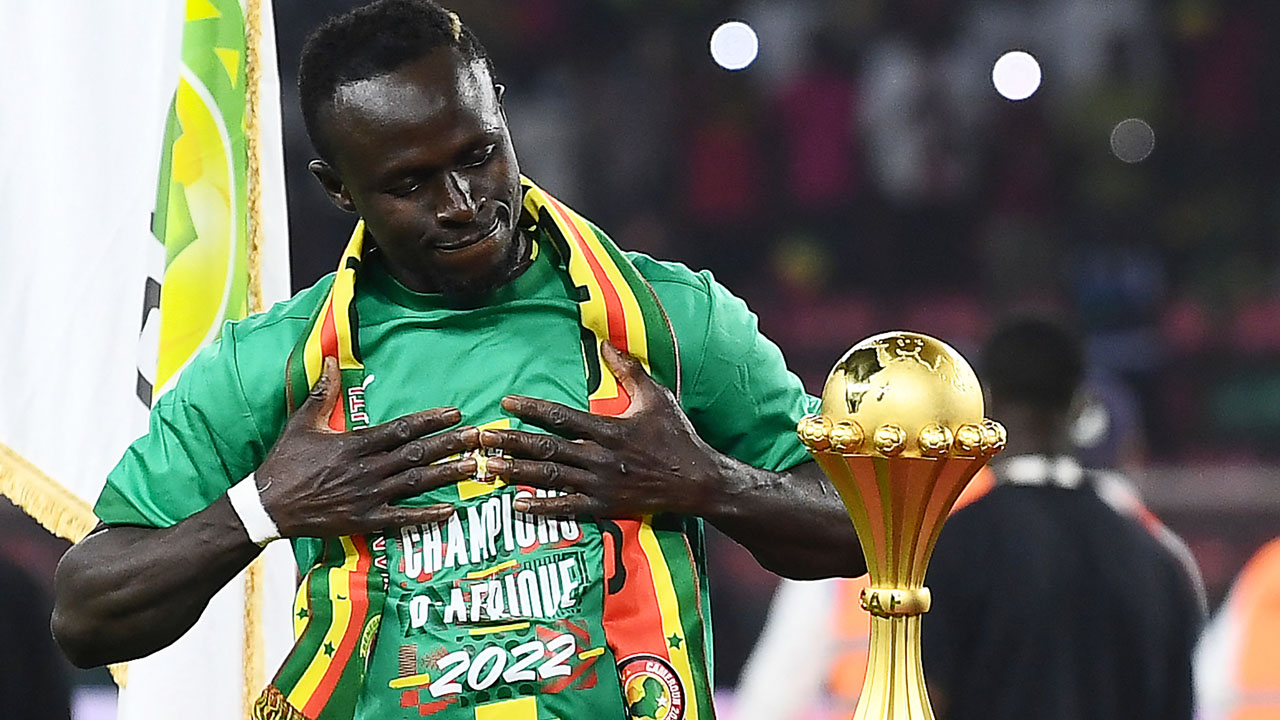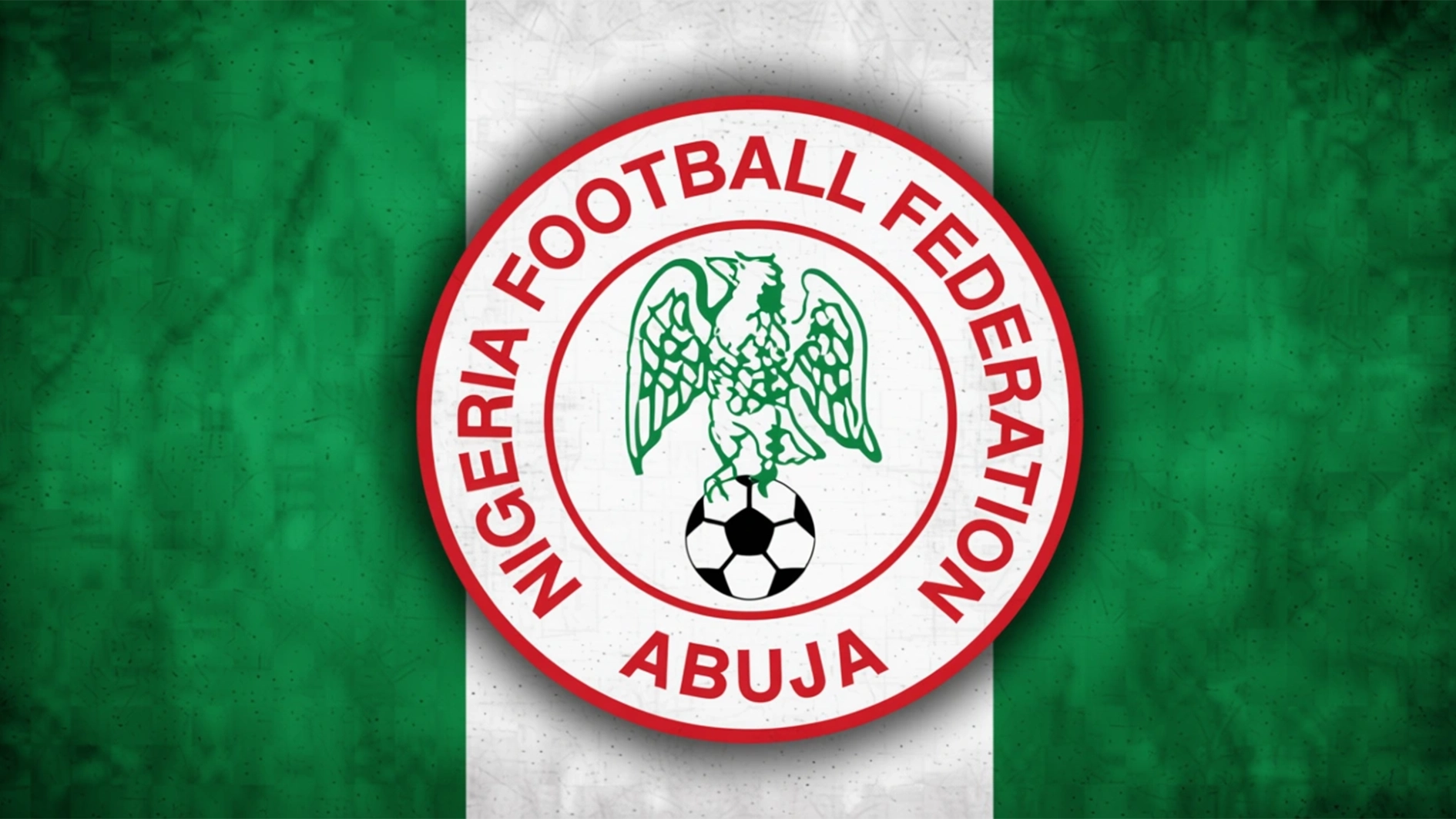Football has changed. When I was a child, seeing an African orchestrating games from midfield felt natural. Today, African players fill Europe’s top leagues in record numbers, yet they are rarely trusted with the playmaking mantle.
The role of the No.10—once embodied by the artistry of Jay-Jay Okocha, Wilson Oruma, or Ghana’s Abedi Pele—has become nearly extinct for African-born players in Europe’s elite clubs. The stereotype is subtle but unmistakable: Africans are valued for running, pressing, and breaking play, but rarely for orchestrating it.
Lone Example
Scan the current top five European leagues and the story becomes clear. The rare exceptions are usually dual nationals—Africans by descent but trained in Europe’s football systems. In Nigeria’s case, English-born Eberechi Eze stands out. At Crystal Palace, he is central to their creative play and has carried the team at crucial points last season. But outside such isolated cases, true African playmakers are absent.
Yaya Toure – The Last Great Architect
The last African-born player to dominate as a playmaker in Europe was Yaya Toure. In Manchester City’s 2013/14 title-winning season, he became the fulcrum of Manuel Pellegrini’s midfield. With Sergio Agüero injured for long spells, Toure shouldered the creative and scoring burden, delivering 20 goals and 9 assists – often decisive – in the title run-in against Liverpool.
But even Toure’s reign was short-lived. By the following season his influence waned, and Pep Guardiola’s arrival in 2016 eliminated the freedom he once enjoyed. Toure, perhaps the greatest midfielder Africa has produced, was pushed out of the strategist’s role.
Mikel Obi Tragedy
No story illustrates the cost of this shift more than John Obi Mikel.
At the 2005 World Youth Championship, Mikel was rated just behind Lionel Messi—praised for his ability to dictate tempo with elegance and intelligence. Nigerians saw the same promise at AFCON 2006, where he hinted at a style closer to Xavi Hernandez with a touch of Zinedine Zidane.
But when he joined Chelsea, José Mourinho redefined him. Mikel was recast as a holding midfielder, tasked with ball retention and defensive discipline rather than playmaking artistry. The creative mantle Nigerians expected him to inherit from Okocha was stripped away.
For years, he struggled to influence games consistently for the Super Eagles under coaches like Berti Vogts and late Shuaibu Amodu who prioritized results over style. Only under Stephen Keshi, from 2011, did Mikel finally play closer to his natural role. Deployed as a deep-lying regista, he orchestrated Nigeria’s run to an unexpected AFCON triumph in 2013. It was the closest he came to fulfilling the promise of his youth.
Yet history is cruel. Despite excelling at AFCON 2013, Mikel lost the African Footballer of the Year award to Yaya Toure. His career remained framed by Mourinho’s redefinition: the destroyer, not the architect.
The Vacuum Since
Since Mikel, Nigeria has struggled to find a true successor in the creative role:
● Kelechi Nwakali showed glimpses of brilliance but lost his way to discipline and inconsistency.
● Kelechi Iheanacho—talented but undefined—never established himself as a pure No.10.
● Alex Iwobi, long seen as the answer, has never been consistently deployed as a playmaker at Arsenal, Everton, or Fulham. His club coaches cast him as a linkman, not a conductor.
The result is a Nigerian midfield that has lacked orchestration for more than a decade. The Super Eagles are left functional but uninspired, reflecting the absence of a genuine creative heartbeat.
From Abedi to Okocha: A Lost Heritage
This decline is not just Nigerian. In the 1990s and early 2000s, African playmakers shaped their clubs and nations:
● Abedi Pele at Marseille, who led them to the 1993 Champions League.
● Jay-Jay Okocha, who dictated games in Germany, Turkey, and England, and defined Nigeria’s golden era.
● Wilson Oruma, who shone in youth tournaments and added flair to Nigeria’s midfield.
● Etim Esin and Friday Ekpo, who gave Nigeria a creative spine before Okocha’s rise.
These players were strategists, not just entertainers. Their disappearance has left a void that has reshaped African football identity.
Why the No.10 Disappeared
Several forces explain this erosion:
1. Scouting Bias – European clubs see African players as natural athletes, not cerebral architects. Africans are steered into box-to-box, wide, or ball-winning roles. Playmaking responsibility is reserved for Europeans or South Americans.
2. Coaching Philosophy – African academies and national federations focus on exporting players quickly rather than grooming them tactically for strategist roles.
3. Evolution of Systems – The modern game increasingly uses double pivots and inverted wingers. The “classic No.10” role has declined globally—but in Africa’s case, structural bias magnifies the loss.
4. Narrative Power – Media frames Africans as “powerhouses” or “engines” (Essien, Kante, Makelele) while framing Europeans as “maestros” (Xavi, Pirlo, Modric). Language shapes perception.
The Cost for Nigeria
The absence of a true No.10 has weakened Nigeria’s identity. From 1980 to 2013, every AFCON-winning team had a creative heartbeat—Segun Odegbami, Okocha, Mikel. Without one, the Super Eagles look mechanical, predictable, and dependent on individual brilliance from forwards.
Administrators, meanwhile, have allowed the system to drift on autopilot. With no structured plan to develop creative midfielders, Nigeria risks long-term decline. The failures of the CHAN Eagles and the precarious World Cup qualifying campaign are symptoms of a deeper disease: the erosion of tactical identity.
Conclusion – A Call to Rediscover
The absence of African playmakers is not about talent—it is about trust and vision. Europe has pigeonholed Africans as runners and disruptors, while African federations have failed to nurture and defend their own strategists.
Until Nigeria invests in tactical education, protects creative roles in its academies, and demands that its exports be more than muscle, the dream of finding “the next Okocha” will remain unfulfilled.
If nothing changes, by 2030 Nigeria may still boast stars in Europe’s top leagues—but none wearing the creative crown. The Super Eagles will remain functional, but soulless. And that would be the greatest tragedy: a nation that once danced to the rhythm of Okocha reduced to silence in the heart of midfield.






